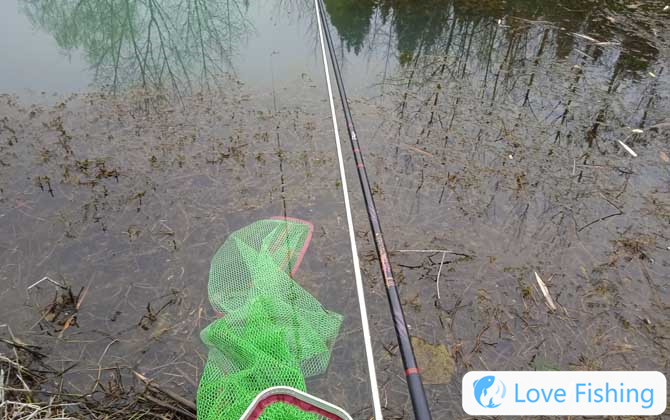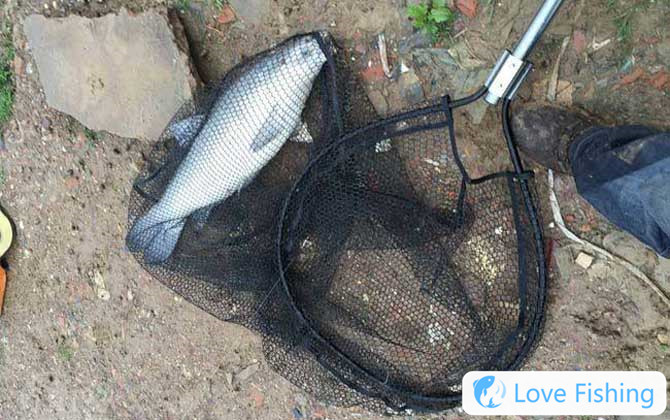What Does It Mean To Adjust Four Fishing Two?
Float adjustment refers to adjusting the balance state of the line group in water. The principle is to increase and decrease the weight of the lead sinker and move the position of the float to balance the gravity of the line group and the buoyancy of the float. Commonly used methods include adjusting four fishing, adjusting three fishing, adjusting four fishing three, adjusting four fishing three, etc. Let’s take a look at what adjusting four fishing two means!
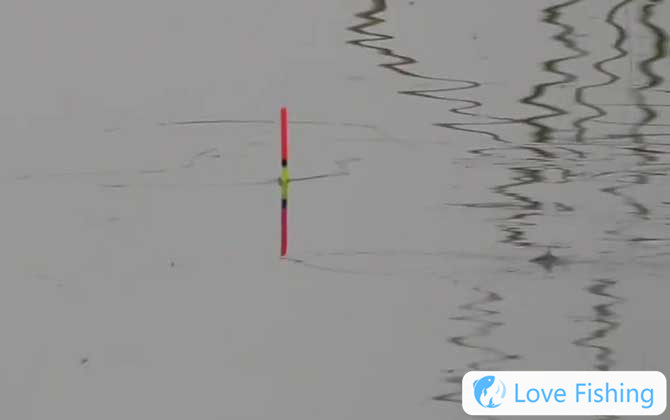
1. Discussion on the adjustment of float
Adjusting the four fishing second is the most basic method of adjusting the float. It refers to adjusting the float time and space hook half water and adjusting the four eyes. When fishing, hang a double bait and adjusting the float position so that the float has two eyes. The double hook state is that the lower hook line is slightly bent and lying on the bottom, and the upper hook line is stretched straight and touching the bottom. During the actual fishing process, do not blindly stick to adjusting the four fishing second. It should be flexible and adaptable according to specific fishing conditions, water conditions, weather and other factors.
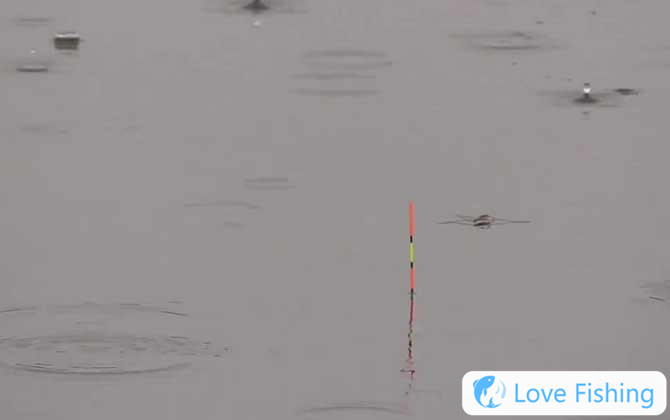
2. Flood adjustment conditions
Adjusting four fishing is not omnipotent, and the following three prerequisites must be met. First, the bottom of the fishing spot must be flat, otherwise there will be changes every time the rod is thrown; second, it is necessary to use a hook without a bait to adjust the float. It is recommended to weigh 1.5 mesh (such as 3# sleeve hook); third, a single bait weighs 2 mesh, and it cannot be too large or too small. If the bait ball is too large, it cannot show two mesh, and the bait ball is too small and the float cannot be pressed down.

3. Wave adjustment method
1. Find the bottom of heavy lead: Add a large lead to the lead base and throw it into the water. The float will be completely immersed in the water under the gravity of the lead sinker. Lift the rod and pull the float until the float level. At this time, the distance between the lead sinker and the top of the float (not the float seat) is the approximate water depth.
2. Half water mesh adjustment: The distance between the float pulling down is greater than the length of the float and the sub-line, trim the lead until the float reveals the number of mesh you want to adjust. For example, adjust 4 mesh and cut the lead to the float exposed to the water surface of 4 mesh. At this time, the gravity of the lead sinker is roughly equal to the buoyancy of the float.
3. Weight measurement of the bait: The bait is thrown into the water on the fish hook. The number of mesh of the float sinking is the weight of the bait. For example, the empty hook is adjusted to 4 mesh, and the float exposed to 2 mesh after hanging the bait, which means that the weight of the bait is 2 mesh, in order to ensure the sensitivity and uniform size of the bait.
4. Adjust the fishing target: After hanging the bait, pull up the float to reveal the number of eyes you want to fish. For example, adjust the empty hook to 4 eyes, the weight of the bait is 2 eyes, and the float to expose more than 2 eyes is considered dull. The float to expose just 2 eyes is considered unsensical and unsensible. The float to expose less than 2 eyes is considered as fishing.
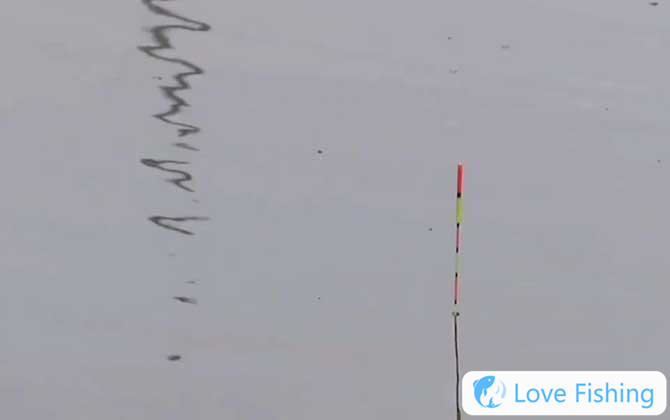
4. Drifting term
1. Find the bottom: Finding the bottom means roughly testing the water depth of the fishing point. The easiest way is to increase the lead strip on the online group, and then gradually move the float up until the top of the float is just level. At this time, the distance between the lead sinker and the top of the float is the approximate depth of the fishing point.
2. Half water: Half water does not refer to half of the water depth. In fact, as long as the fishing gear is completely from the bottom, it is considered half water. When adjusting the float, the closer the fishing gear is to the bottom, the more accurate it is. The common practice is to first weigh the lead and then add the length of the float to the float (standing float).
3. Flat water: Flat water means that the float is just parallel to the water surface. The leveling water of the vertical float can be called adjusting the "0" mesh, while the seven-star float leveling refers to the top floating bean just exposed to the water surface. In fact, adjusting the level is also the most common way to adjust the float in wild fishing.
4. Adjustment of the image: Adjustment of the image refers to the fact that the float is exposed to the desired number of mesh by adjusting the lead strip in a semi-water state. The exposed number of mesh is called "adjustment of mesh". For example, exposed 4 mesh is "adjustment of 4 mesh". Generally speaking, the higher the image, the more sensitive it is, and the lower the adjustment of the image, the slower it is.
5. Fishing Eye: Fishing Eye refers to the floating float to expose the desired number of eyes by moving the float. The exposed few eyes are called "fishing several eyes". For example, 2 eyes are exposed, which means "fishing two eyes". Generally speaking, the lower the fishing Eye, the more sensitive the fishing Eye, and the higher the fishing Eye, the slower it is.
Recommended Reading
About us| Privacy Policy| Contact Us
Copyright © 2023-2030 Copyright@Love Fishing
